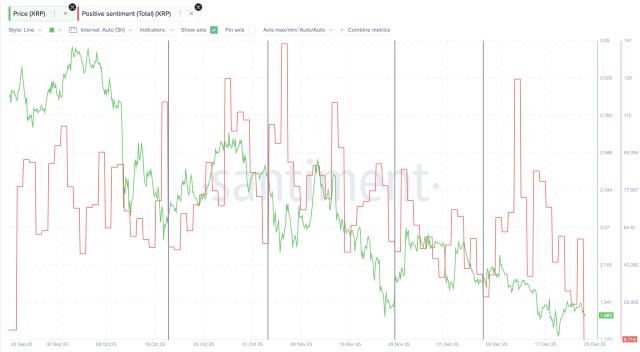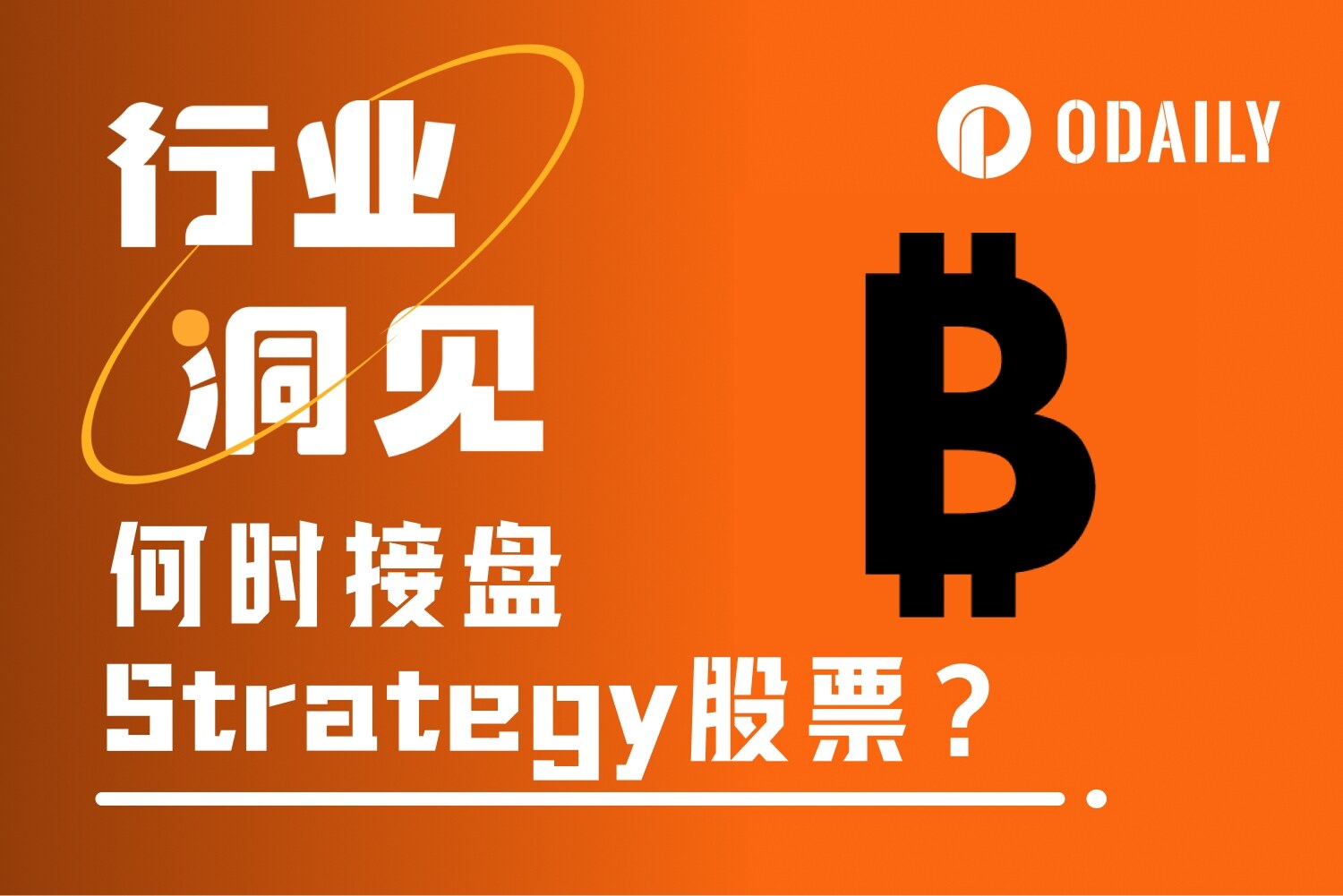
Written by: David Han (Institutional Research Analyst)
Compiled by: DAOSquare
Key Takeaways
- As the Federal Reserve continues to be cautious about cutting interest rates amid the risk of reflation, the crypto market has shown a downward trend along with stocks and other risky assets.
- Gold has been the biggest winner in this market environment, with prices hitting new highs amid increased central bank buying, heightened geopolitical risks and concerns about reflation.
- The launch of Endgame and recent governance changes to increase revenue have drawn widespread attention to Maker, though these seemingly rapid changes are also seen as high risk by other protocols such as Aave.
Market View
Crypto markets moved sharply lower after Fed Chairman Jerome Powell expressed caution about rate cuts during talks on March 29 and April 3. The uncertainty in market direction is not limited to crypto markets, as stocks and other risk assets also performed generally well over the past week. Coupled with concerns about reflation, the implied magnitude of rate cuts before the end of the year (based on Fed Funds futures) has even become more hawkish than the Fed for the first time in 2024. As of April 4, the market expects a year-end rate of 4.631, which is much higher than the 3.825 predicted in early January (and also higher than the Fed's median target of 4.625 in the dot plot).
Gold has been the biggest winner in this environment, reaching new highs amid increased central bank buying, heightened geopolitical risks, and concerns about reflation. Notably, gold’s appreciation is often associated with Fed rate cuts and rising inflation. Given the market’s recent hawkish view on rate cuts, we believe gold’s performance sends a signal that gold price volatility is overly influenced by inflation relative to Fed rate changes, and it also sends a general market expectation that a definitive rise in inflation may be more problematic than expected.
In our view, the growing acceptance of Bitcoin as a “digital gold” could generate demand from a new subset of investors in this market regime. As a result, we believe that there will be more aggressive buying on dips than in previous cycles, even if volatility persists during price discovery. We believe that Bitcoin’s broader access to funding due to the launch of US spot Bitcoin ETFs may also help to dampen volatility (relative to previous cycles).
The impact of these ETFs and the inflow of greater institutional demand can be seen in the open interest of Bitcoin futures, which can be used as a hedging instrument. At $9.9 billion, CME Bitcoin futures open interest is already larger than any single centralized exchange (CEX) and accounts for more than one-third of the total Bitcoin futures market (including perpetual contracts and fixed futures). In our view, the capital released by ETFs may represent the most fundamental shift in market structure from the 2020-2021 cycle to date. This capital release, coupled with the upcoming Bitcoin halving (expected to occur on April 20-21, depending on changes in network hash rate) and other positive catalysts, leads us to believe that market performance remains constructive throughout the second quarter.

On-chain: The final feast
Maker has been on a roll over the past few weeks, thanks to its Endgame announcement on March 13. The announcement detailed a series of changes over four major phases. Phase 1 centered around the rebranding of the DAI and MKR tokens (including redenominating MKR into a new governance token at a 1:24,000 ratio), updating governance protocol incentives, building a new asset bridge, and launching the Spark subDAO. Phase 2 involved expanding subDAOs, asset bridges, and governance responsibilities. Phase 3 outlined plans to move Maker to an independent chain in the coming years. Phase 4 is all about making all of the underlying governance contracts immutable.
As more details emerge, particularly regarding future subDAO governance tokens, speculation surrounding airdrops for MKR holders and DAI stakers has increased. Given the widespread focus on airdrops in the industry, we believe that part of the increase in token valuations is driven by the value of future airdropped tokens (in addition to other recent governance proposals to increase revenue for its protocol). In our view, Maker’s changes are a continuation of its DeFi protocol movement, aiming to more concretely implement initiatives that have been mentioned for years (such as Uniswap’s fee conversion). We believe that these long-running DeFi protocols may be considered somewhat stagnant at present, but their brands and market share are in a stronger position to leverage innovation due to the network effects of their protocol liquidity.
While attention has been focused on Maker’s Endgame launch, recent governance changes at Maker have caused some controversy in the DeFi community. Maker has quickly passed a number of proposed changes, including integrations with Morpho and USDe, and is considering significantly expanding these operations by increasing collateral limits. While these changes will significantly increase Maker’s revenue, some believe that the speed of change has greatly increased the level of risk. In light of this, the Aave community has been seriously discussing removing the ability for DAI to be used as collateral. These discussions have been supported by key Aave leaders, including its founder Stani Kulechov, who is “fully in favor of removing DAI from all Aave markets.”
We believe this conflict could signal a shift in the decentralized stablecoin market. Ethena’s USDe has gained rapid market share relative to DAI due to its higher yield and airdrop incentives. Both assets have inherent limits on their issuance capacity (compared to centralized stablecoins). DAI supply requires overcollateralization and is therefore constrained by lenders’ collateral. Meanwhile, USD is constrained by the futures open interest market, and if its short interest becomes too large, interest rates will become unaffordable.

Creating and scaling new decentralized stablecoins remains challenging due to the network effects of liquidity. DefiLlama tracks over 160 stablecoins, most of which have very little usage outside of their original protocols. While decentralized stablecoins are increasing in number and market cap, they are not growing as fast as centralized stablecoins. USDC and USDT stablecoins have grown to 90% market share. With the advantages of cross-chain native stablecoin issuance and user experience improvements of asset bridges powered by technologies such as Circle's cross-chain transfer protocol, we believe that the adoption of decentralized stablecoins may continue to face challenges relative to centralized stablecoins.

Crypto and Traditional Finance

(As of 4 p.m. ET on April 4) Source: Bloomberg
Coinbase Exchange and CES Insights
Markets have calmed down over the past week. BTC has traded in a tight $2,000 range, and inflows into U.S. spot Bitcoin ETFs, while positive, have slowed. Crypto volumes in general also continue to slow as the market tries to find the next narrative that can drive it higher. Bullish traders have received some confidence, and the risk on their long positions has calmed down a lot. Funding rates for BTC, ETH, and various Altcoin are currently near their lowest levels this year. The BTC halving, expected to occur on April 20 or 21, could be a catalyst for higher prices, but it will have to deal with the period of weakness that crypto markets and other risk assets have always faced.
Coinbase platform transaction volume (USD)

Coinbase platform transaction volume (asset ratio)

Funding Rate

Notable Crypto News
mechanism
- Spot Bitcoin ETF Monthly Volume Nearly Triples to $111 Billion in March (The Block)
Supervision
- TRON Foundation and Justin Sun ask US court to dismiss SEC lawsuit (Coindesk)
conventional
- Ethena’s token will be listed on exchanges today and airdropped (The Block)
- Vitalik Buterin and Arthur Hayes weigh in on the meme coin craze (The Defiant)
Coinbase
- The Future of AI-Driven Content at Coinbase: Expanding Vision and Enhancing User Experience (Coinbase Blog)
global vision
Europe
- Russia discusses testing digital ruble for budget payments (bitcoin.com)
- 21Shares Launches Toncoin Collateralized ETP on Swiss Stock Exchange (The Block)
- US and UK investigating whether $20 billion cryptocurrency deal violated Russian sanctions (Bloomberg)
Asia
- Hong Kong financial company VSFG plans to launch a spot Bitcoin ETF as early as May (The Block)
- HSBC Launches Tokenized Gold to Hong Kong Retail Investors (CryptoNews)
- Singapore Expands Crypto Regulation, Introduces Enhanced User Protection Requirements (The Block)
- Indonesia implements sandbox for crypto firms ahead of OJK oversight (Finance Magnates)
- Taiwan’s crypto industry gets government approval to form industry association (The Block)
Big events in the coming week









